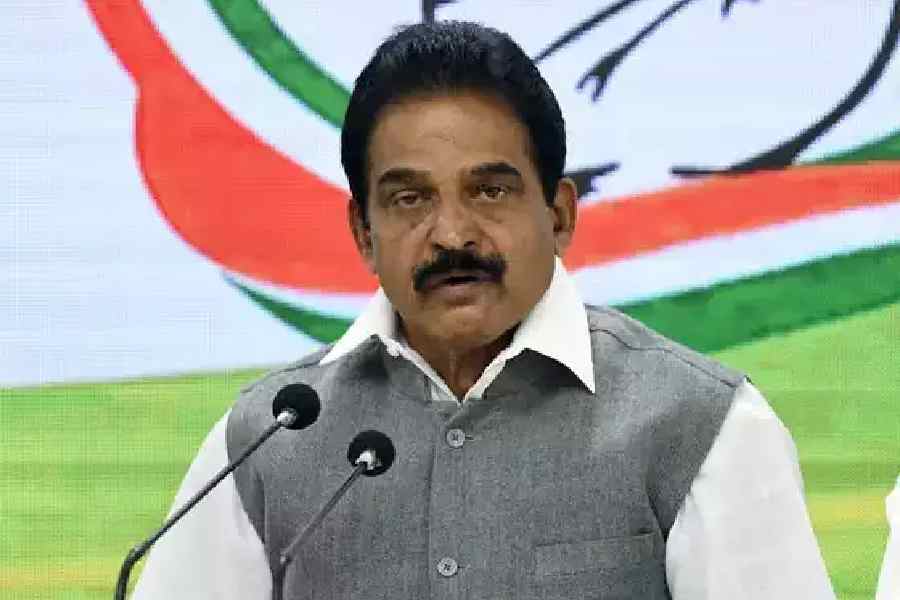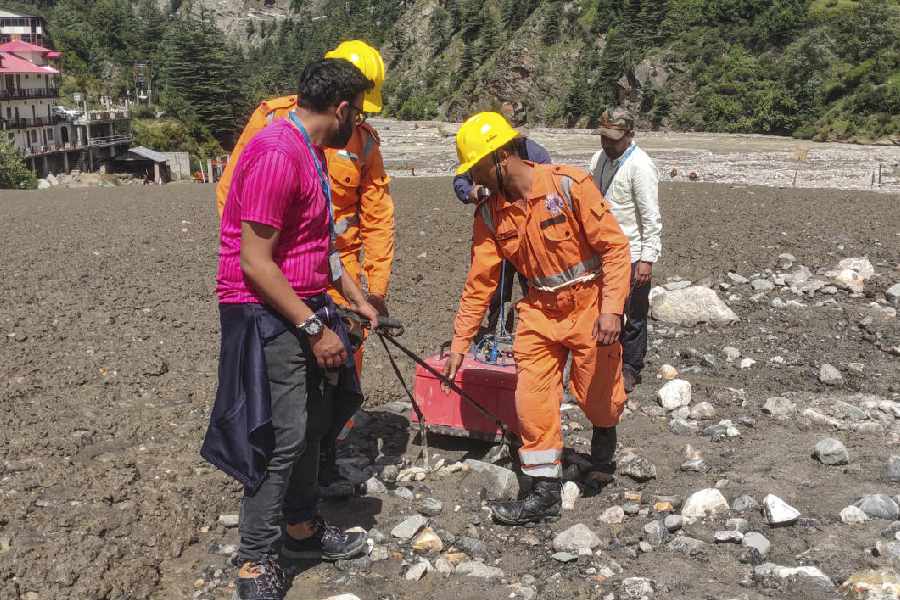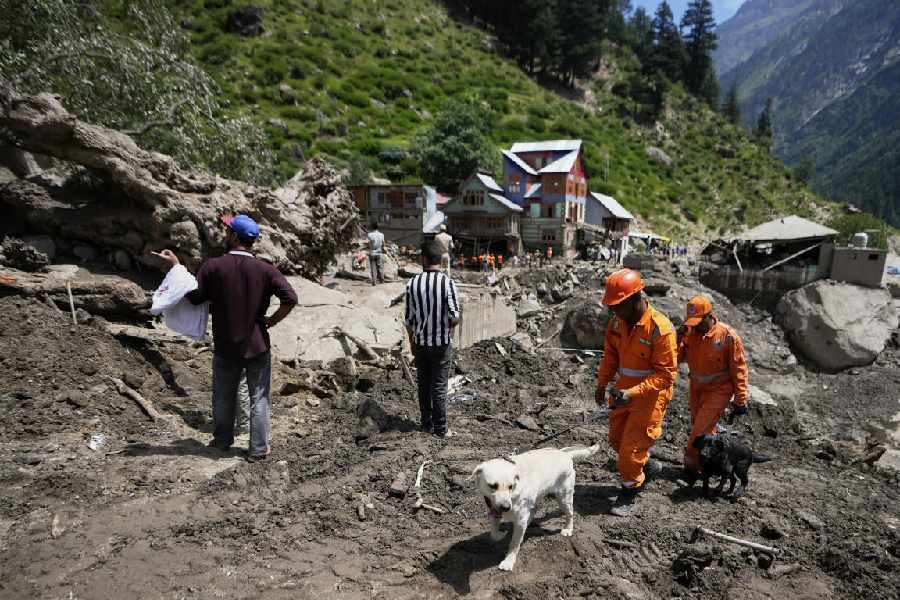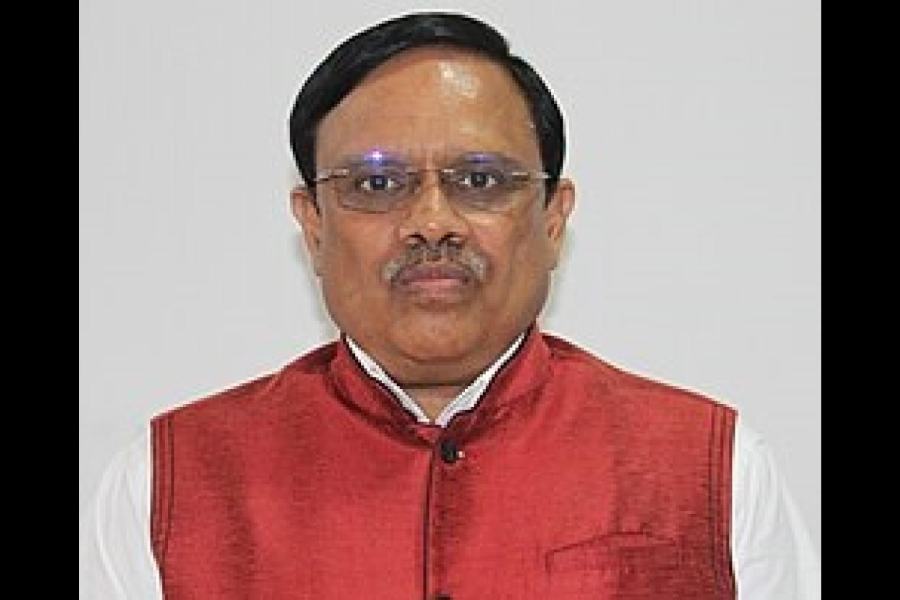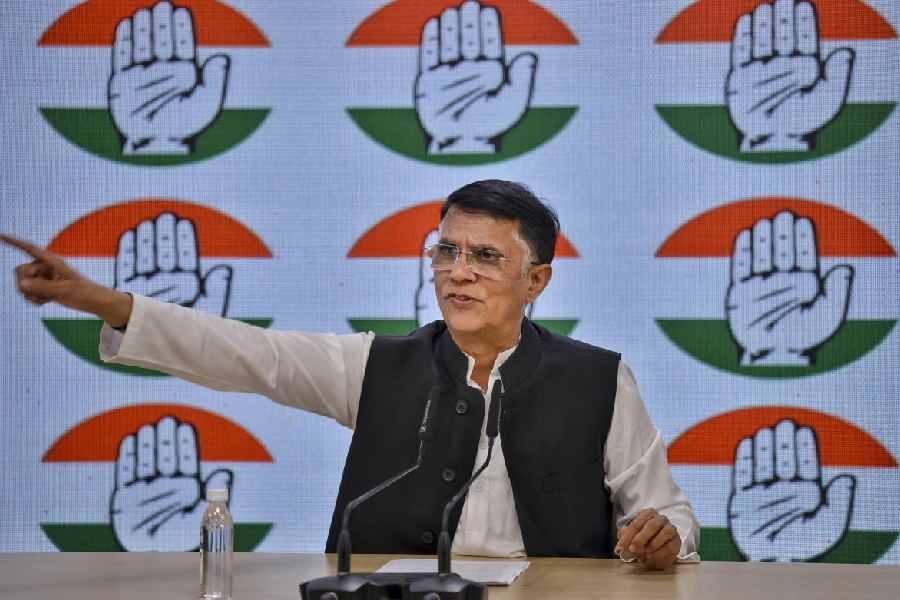 |
New Delhi, June 20: Twenty weeks of excavation that the Archaeological Survey of India has just carried out in an eastern Uttar Pradesh village may add another page to the longstanding debate whether the Buddha’s hometown was in Nepal or India.
Prince Siddhartha, son of Shakya king Suddhodana, is believed to have been born at Lumbini in Nepal and spent the first 29 years of his life in Shakya capital Kapilavastu before setting out on the path of renunciation.
The Nepal government claims the site of Kapilavastu lies in present-day Tilaurakot, a village in the Terai region about 30km from the border with India.
Some Indian historians, though, have made a counterclaim in favour of Piprahwa, about 2km from the border on the Indian side, citing the findings of excavations in the 1890s and 1970s.
The ASI carried out its latest excavations in Piprahwa from January 18 till the first week of June and will decide post-monsoon whether to resume digging. For now, it will examine 85 excavated samples — artefacts and naturally occurring charcoal — for evidence to settle the debate. These will soon be sent for carbon dating.
Piprahwa had been excavated extensively in the 1970s by ASI archaeologist K.M. Srivastava, who found a large number of terracotta seals purportedly from the Shakya period along with two soapstone urns, one containing 10 bone fragments and the other containing 12. All were dated to the 5th century BCE, whose first few years are generally held to have coincided with the Buddha’s lifetime.
“We believe that the site of Kapilavastu is here in Piprahwa,” said ASI additional director-general B.R. Mani, who supervised this year’s excavation along with superintending archaeologist P.K. Mishra from the ASI’s Lucknow circle.
“After the Buddha’s death, Kapilavastu became a monastic settlement and much is known about life during that period. However, we know very little about the 29 years of Buddha’s own lifetime and the period before his birth,” Mani added.
He said one of the latest excavation’s objectives was to try and fill this gap in knowledge, too. Another is to ascertain the site’s antiquity — in particular, the time when it first became a human settlement.
The Piprahwa stupa was discovered in 1898 by a British planter, W.C. Peppe. He claimed that while clearing his estate, he had found a brick dome that contained a sandstone box with five caskets. An inscription on one of these caskets appeared to indicate that the bones it contained were those of the Buddha.
It is believed that after the Buddha’s death, his remains were distributed among the royal families in the subcontinent, with the Shakyas receiving a share. But Peppe’s discovery was condemned as a fraud at that time and remains controversial even today.
The debate continued after Independence as Nepal tried to bolster Tilaurakot’s claim. In 1962, Kathmandu invited ASI official Debala Mitra to survey various Buddhist sites in the kingdom as part of a plan to develop a pilgrimage circuit.
Mitra, who recorded her findings in 1969, expressed scepticism about Tilaurakot’s claim and suggested that Piprahwa be excavated instead. This led to the effort by Srivastava, who dug far deeper than Peppe did.
Nepal, however, staunchly denied the Indian claims and nominated Tilaurakot along with Lumbini for World Heritage status. Unesco declared Lumbini a World Heritage Site in 1997 while keeping Tilaurakot on the tentative list.
“In Tilaurakot, which is a significant site, they have found a fortified city and Kapilavastu too is believed to have been fortified. But that alone cannot be the reason to believe that it is the site of Kapilavastu. They do not have any clinching evidence,” Mani said.
Historians say the picture will continue to remain unclear unless the latest ASI excavation throws up clinching evidence in favour of Piprahwa.
“Many sites related to the Buddha have been identified on the basis of Chinese pilgrim accounts. However, the topographical bearings of ancient Kapilavastu were not consistent in the accounts of Fa-Hien and Hiuen Tsang,’’ said Nayanjyot Lahiri, professor of history with Delhi University.
Fa-Hien or Faxian arrived in the 5th century AD and Hiuen Tsang or Xuanzang in the 7th.
“The 1971-74 excavation of K.M. Srivastava, however, yielded a number of freely occurring monastic seals which mention the vihara of Kapilavastu, which suggests that Piprahwa is the probable site,” Lahiri said.
“Incidentally, Tilaurakot in Nepal, in recent excavations, has also apparently yielded an inscribed terracotta sealing that mentions ‘Sa-ka-na-sya’, that is, ‘of the Sakyas’.”
Himanshu Prabha Ray, a professor with JNU’s Centre for Historical Studies, said that “a straightforward yes or no” about the competing claims was virtually impossible.
But she added: “It is important to know the location of Kapilavastu to unravel the way Buddhism progressed.”
“K.M. Srivastava’s Piprahwa excavations yielded many seals referring to the monastic establishment of Kapilavastu and this seems to clinch the issue,” said Delhi University professor Upinder Singh.
“However, some scholars are still not convinced. As the place has an important connection with the life of the Buddha and the history of Buddhism, its location has acquired more than mere academic interest.”


